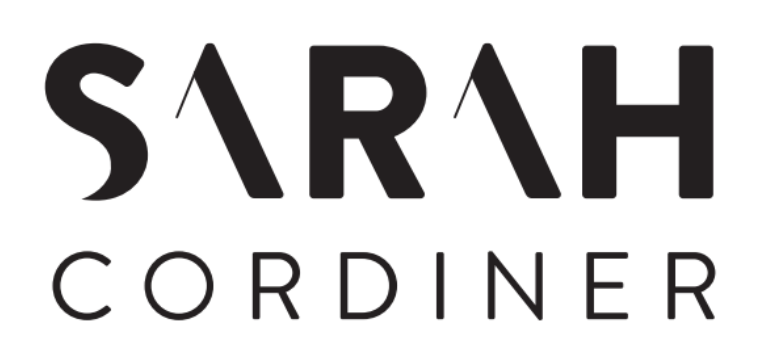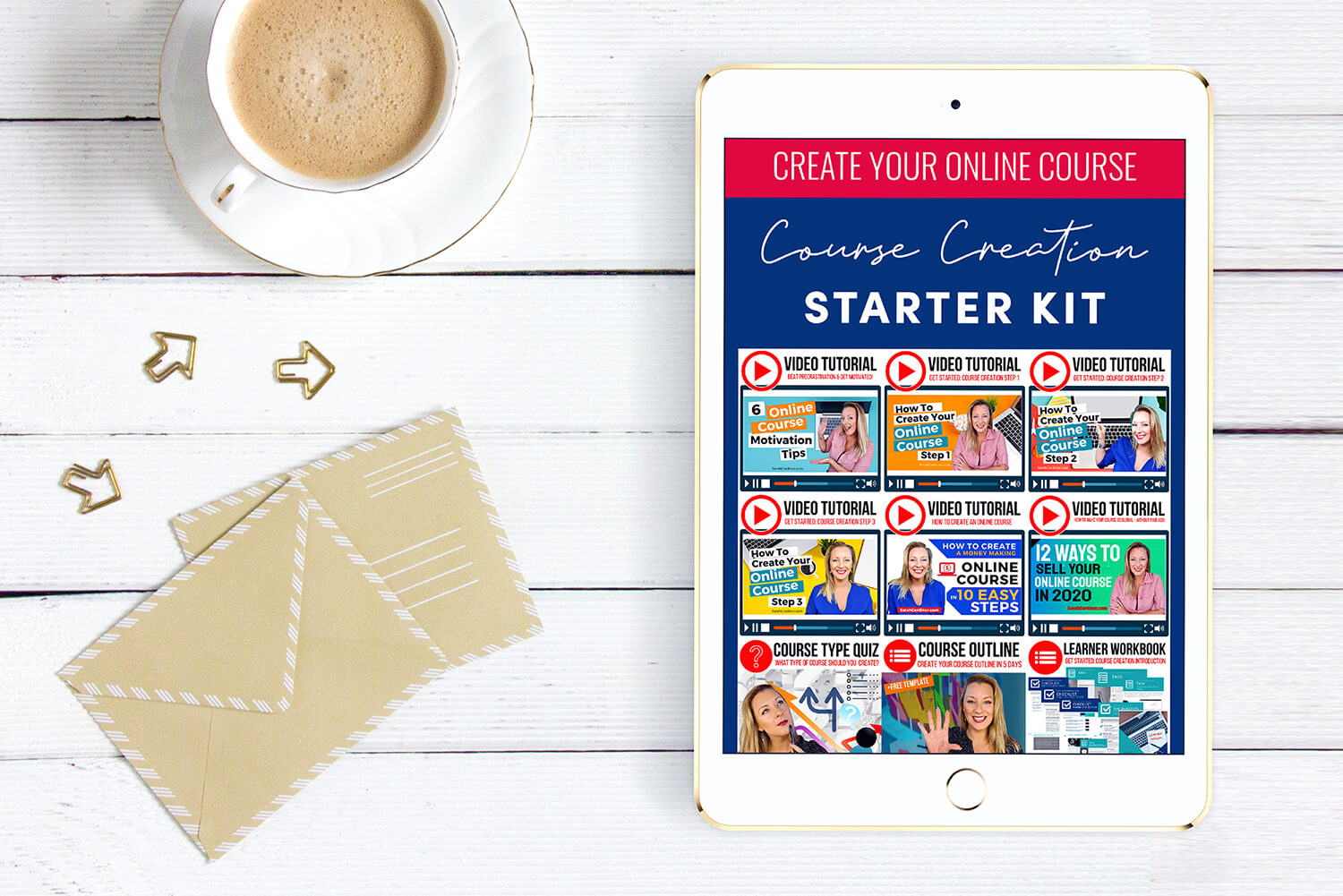Increase Your Student Retention by Contextualising Your Training

5 Ways To Become a Well-Known Expert In Your Industry
Start Making Your Knowledge Work & Changing Lives Today
Take your knowledge out of your head and turn it into a profitable online business.
Dramatically increase your industry reputation, reach a global audience, gain a passive income and impact people's lives all over the world through your expertise.
Let me help you commercialise your IP, create and publish your courses and build a highly successful online business as a stand-out leader in your field of expertise.
Here are 5 ways that I can help you become a well-respected leader in your industry:
My FAVOURITE Business Software in the WORLD: Tekmatix all-in-one business platform..
TekMatix is the market-leading all-in-one business platform, CRM and course creation platform.
Business Owners, Course Creators, Coaches, Speakers & Service Providers: Looking for a platform to run your business??
Tekmatix is the solution you've been waiting for!
Tekmatix is an all-in-one business platform that combines all of the features of over 21 different software - in ONE place, for ONE price.
With Tekmatix, you get:
💜 AI Employees, Bots and AI Voice Receptionists
💜 Websites & Funnels
💜 Courses and memberships
💜 CRM & Client Records
💜 Tap and Pay (EFTPOS) on your phone
💜 Unified inbox - all your emails and DMs in one place
💜 Calendar appointment booking
💜 Social media scheduler
💜 Kanban boards
💜 Task manager
💜 Automations & AI workflows
💜 Project management
💜 Communities
💜 Email marketing
💜 SMS & phone
💜 Invoices and quotes
💜 Contracts and signed docs
💜 Affiliate program
💜 Forms & quizzes
💜 Blogging
💜 Sales pipeline management
💜 Ecommerce & physical goods
💜 Mobile App
...and MUCH MORE!
You also get:
- FREE account set up
- 24/7 FREE customer support
- FREE daily live training calls
- The most awarded all-in-one business platform in based Australia - with customers in over 18 countries
....and the largest GHL-based platform in Australia... (and WAY MORE than 'just a whitelabel').....
We've built funnels, automations and websites specifically for course creators, coaches, speakers, membership site owners and service providers GLOBALLY.
All the hard work done for you.
We even have a FREE TRIAL available for you to check it out with no obligation;
....and our plans are available in AUD, USD and GBP!
GET A FREE DEMO CALL AND TRIAL HERE: Tekmatix.com
















